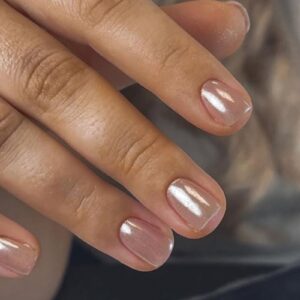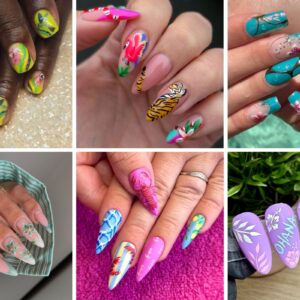
Temperature talk: How the cold weather can affect your nail products
By Scratch Staff | 04 January 2024 | Expert Advice, Feature
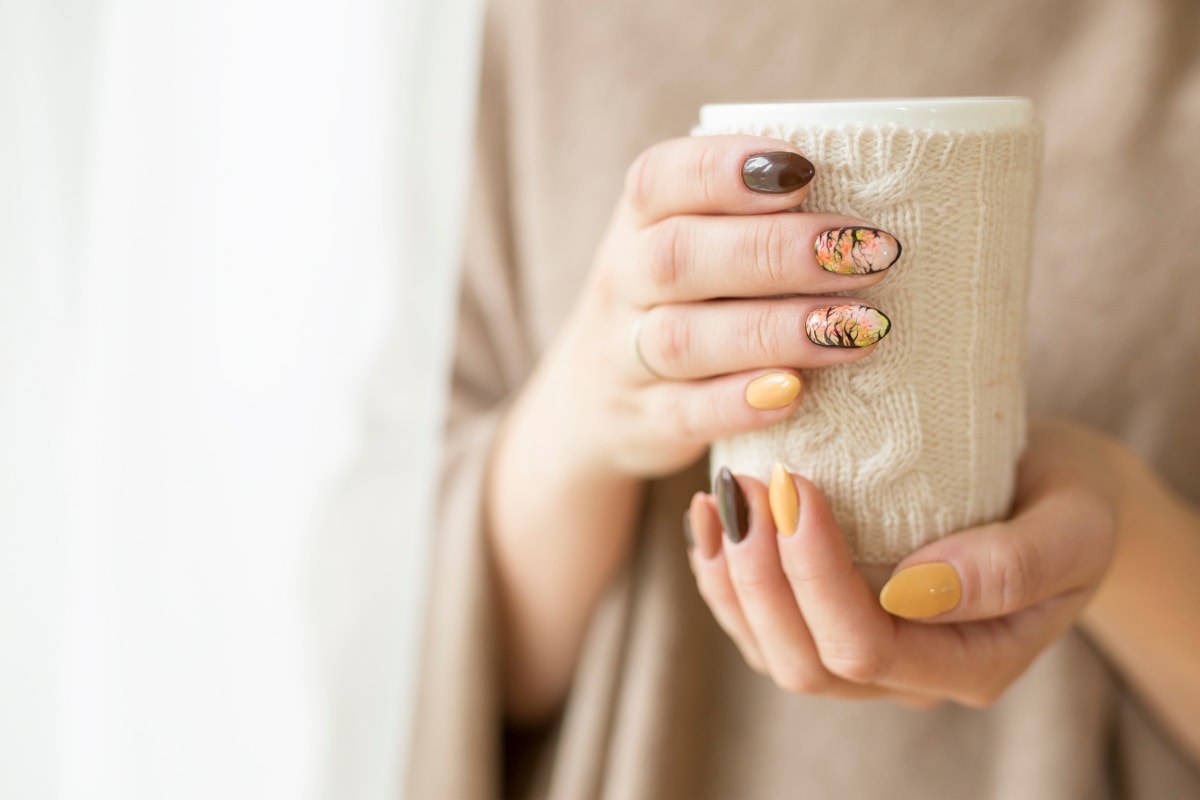
Feeling the chill? Scratch explores the impact that temperature has on nail products and serves up practical points to note…
Creating a comfortable atmosphere in the salon is important for you and your clients, but maintaining a consistent temperature is also vital to ensure that your nail products perform at their best.
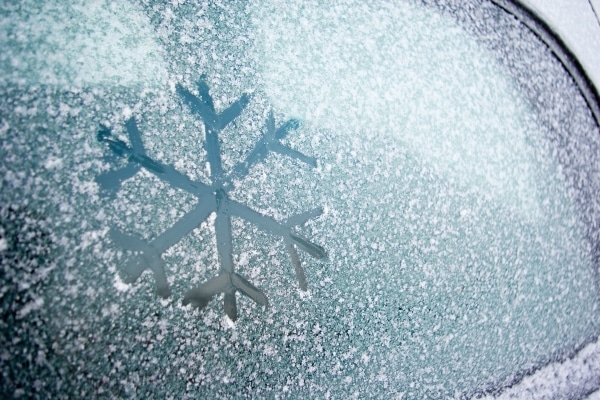
Cooler temperatures can cause products such as gel, nail polish and art paints to thicken and have a different curing time, making them challenging to work with. Education platform, NailKnowledge, stresses the importance of maintaining a steady temperature in the nail space, noting that variations can impact a nail product’s performance. It shares the optimum temperature for nail products, detailing: “An ideal range is between 20 to 23°C, offering comfortable working conditions and client comfort. A temperature lower than 18°C begins to affect cure and dry times, but a cooler temperature does improve a product’s shelf life.”

Ruth Atkins
With temperatures dropping further during winter nights, Salon System educator, Ruth Atkins, highlights the importance of ensuring that products are safely stored, commenting: “When storing your nail products overnight, you need to make sure the temperature is consistently maintained between 20 and 23°C.”
But how does temperature affect specific products, such as gel polish and L&P acrylic?
Ruth explains: “In colder climates, gel products often become stiffer and more difficult to apply evenly, and take longer to self-level. L&P acrylic products are also sensitive to temperature change, and their curing times can be affected by this.”

Katie Clark
“Temperature and additional UV exposure can greatly affect the polymerisation process of L&P and the viscosity of gel,” adds Katie Clark, founder of Katie Barnes Tool Range & Education. “This can be particularly problematic for mobile techs, who move from one temperature to another, or those working in buildings such as conservatories that are prone to extreme temperatures. Every degree, whether lower or higher, will change the viscosity of gel products.
“When your working environment is cold, you can warm L&P monomer to an ideal temperature by using hot water bottles and heated desk blankets under your towel, or place the monomer on a heated hand warmer.”
Storage tips
Gels should be stored away from sunlight, especially pots or gel polish products that have a window displaying the shade. Any light that comes into contact with the formula will start to cure it. Primer is light sensitive, so can discolour and lose effectiveness if not stored correctly. Store inside a desk drawer or a cupboard with doors, away from light.
For those working with nail polish, it’s important to note that the pigments in polish can fade when exposed to sunlight, and bottles can explode in temperatures above 48°C. If nail polish has been sitting around for a while or stored incorrectly, it will begin to thicken and become difficult to use, due to its contact with the air.
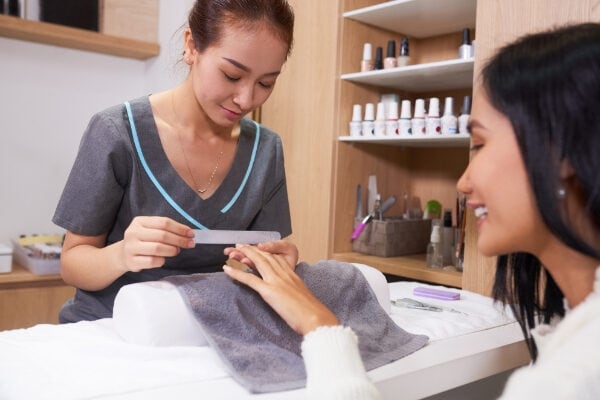
Client comfort
No client wants to be shivering during their pamper time, and cold temperatures can create issues with joint mobility, impacting the work of a tech. “Clients will feel much more relaxed if they’re not cold, so make sure your working area is comfortably warm, and if your clients feel the chill, provide them with a shawl or wrap,” suggests Ruth Atkins. “Cold hands are also tricky to work on, so offer clients a hot beverage to warm them up.”
“Keep your customers warm with blankets, infra-red lamps and warm drinks, and encourage them to wash their hands under a warm tap prior to the service,” Katie Clark recommends.
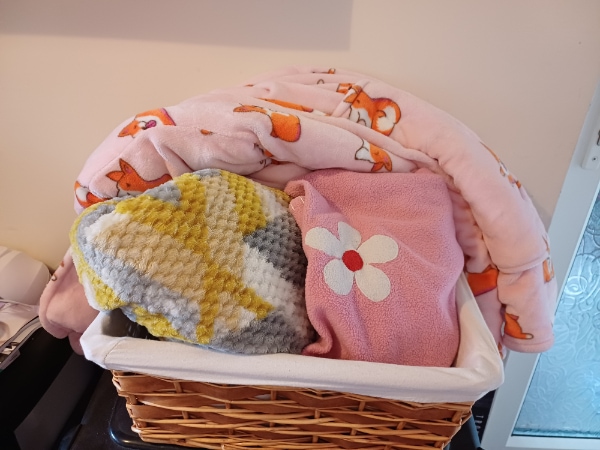
Samantha Birtchnell’s salon blankets.

Samantha Birtchnell
“I heat up the salon at least half an hour before the first client arrives,” says Samantha Birtchnell of Suffolk-based nail business, Sunray Nails. “I have a variety of blankets available for clients and staff to put on their laps, provide hot drinks and invite clients to keep their coats on if they wish.
“Certain environments, such as garden salons or converted garages like mine, can be trickier to heat due to poor insulation or a lack of central heating system. I use portable heaters to add extra warmth where needed, but be mindful that leads are a trip hazard.”
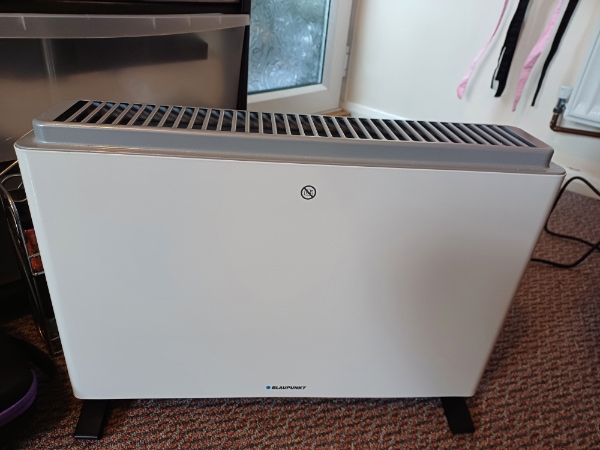
Samantha Birtchnell’s salon heater.
It can be difficult to maintain consistent temperatures throughout larger salon spaces, especially if areas next to doors let in a cold breeze as clients arrive and leave. “If your workplace is a large, busy salon, over-the-door heaters help to maintain the heat inside when clients enter and leave,” recommends Ruth Atkins.

Read the latest issue



